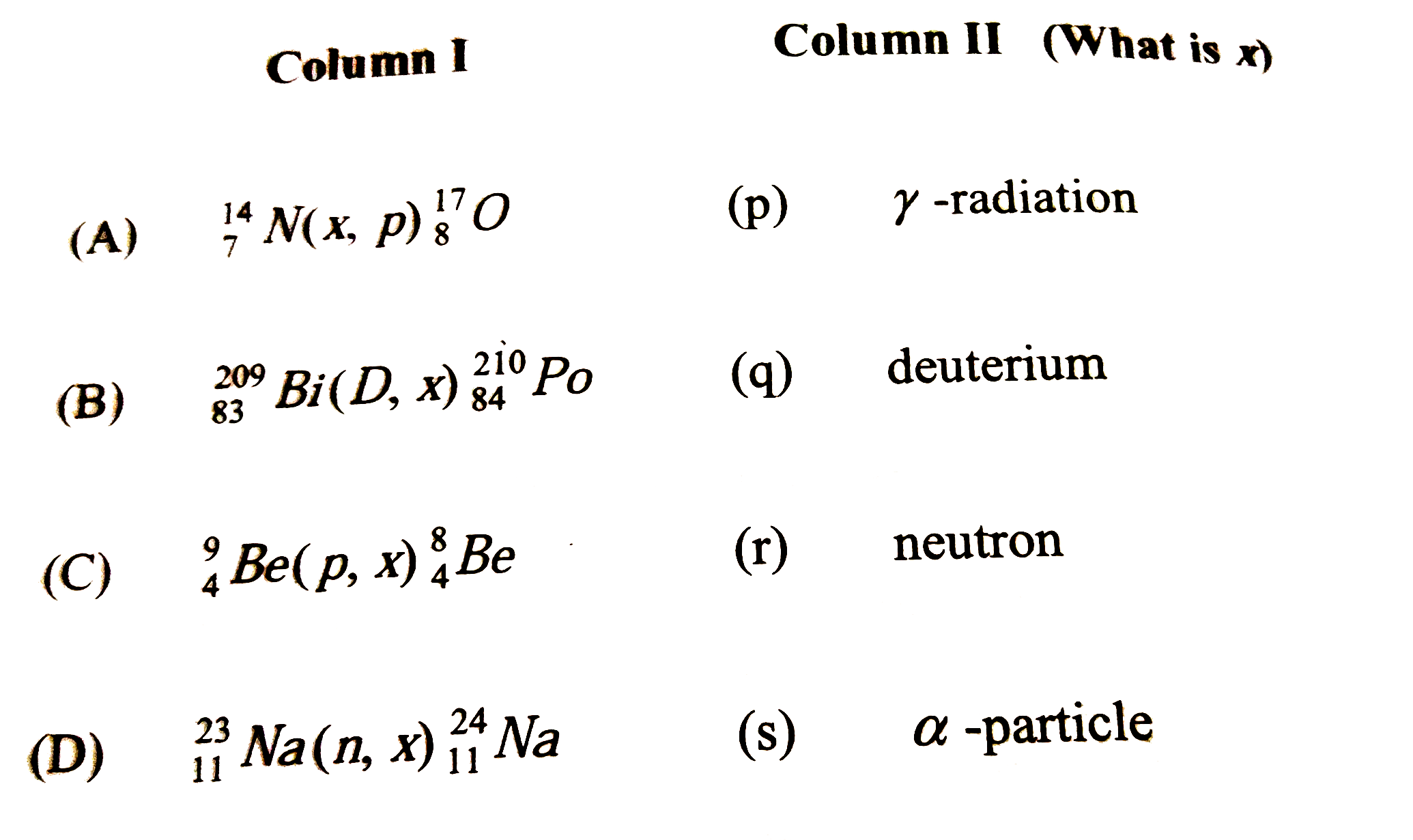Assertion : Levigation is used for the separation of oxide ores from impurities
Reason : Ore particles are removeed by wahing in a current of water
If both assertion and reason are true and the reason is the correct explanation of the assertion
If both assertion and reason are true but reason is not the correct explanation of the assertion
If assertion is true but reason is false.
If the assertion and reason both are false
The correct Answer is:C
To solve the question regarding the assertion and reason about levigation, we will analyze both statements step by step.
Step 1: Understand the Assertion
The assertion states that "Levigation is used for the separation of oxide ores from impurities."
- Explanation: Levigation is a method used to separate lighter impurities from heavier ore particles. In this process, a mixture of ore and impurities is washed with water. The heavier ore particles settle down, while the lighter impurities are washed away.
Step 2: Understand the Reason
The reason given is "Ore particles are removed by washing in a current of water."
- Explanation: This statement describes a part of the levigation process. When water is used, the lighter impurities are carried away by the current, while the heavier ore particles remain behind.
Step 3: Analyze the Relationship Between Assertion and Reason
Now we need to determine if the reason accurately explains the assertion.
- Correctness of Assertion: The assertion is true because levigation is indeed used to separate oxide ores from impurities.
- Correctness of Reason: The reason is misleading. While it mentions washing in water, it does not clarify that the heavier ore particles settle down due to their weight, which is a crucial aspect of the levigation process. Therefore, the reason is not entirely accurate.
Step 4: Conclusion
Based on the analysis:
- The assertion is true.
- The reason is false.
Thus, the correct conclusion is that the assertion is true, but the reason is not a correct explanation of the assertion.
Final Answer
The assertion is true, and the reason is false.
---
The assertion states that "Levigation is used for the separation of oxide ores from impurities."
The reason given is "Ore particles are removed by washing in a current of water."
Now we need to determine if the reason accurately explains the assertion.
- Correctness of Reason: The reason is misleading. While it mentions washing in water, it does not clarify that the heavier ore particles settle down due to their weight, which is a crucial aspect of the levigation process. Therefore, the reason is not entirely accurate.
Based on the analysis:
- The assertion is true.
- The reason is false.
The assertion is true, and the reason is false.
Topper's Solved these Questions
- ORES, MINERALS AND METALLURGICAL EXTRACTIONBOOK - ERRORLESS CHAPTER - ORES, MINERALS AND METALLURGICAL EXTRACTIONEXERCISE - ORDINARY THINKING (Objective Questions) ROASTING & CALCINATION
45 Videos
- ORES, MINERALS AND METALLURGICAL EXTRACTIONBOOK - ERRORLESS CHAPTER - ORES, MINERALS AND METALLURGICAL EXTRACTIONEXERCISE - ORDINARY THINKING (Objective Questions) REDUCTION TO FREE METAL
31 Videos
- ORES, MINERALS AND METALLURGICAL EXTRACTIONBOOK - ERRORLESS CHAPTER - ORES, MINERALS AND METALLURGICAL EXTRACTIONEXERCISE - JEE ANSWER TPYE QUESTION (JEE Advanced) 2018) Numeric answer type question
1 Videos
- NUCLEAR CHEMISTRY BOOK - ERRORLESS CHAPTER - NUCLEAR CHEMISTRY EXERCISE - JEE SECTION (Matrix Match Type Questions)
2 Videos
- Practical Organic ChemistryBOOK - ERRORLESS CHAPTER - Practical Organic ChemistryEXERCISE - JEE Ssection (More than one choice correct answer)
16 Videos
Similar Questions
Which of the following srtatement above the advantage of masting of sulphide are before reduction is not true?
View SolutionAluminium is extracted from Alumina (Al2O3 ) by electrolysis of a molten mixture of
View SolutionGalena (an ore) is partially oxidized by passing air through it at high temperature. After some time, the passage of air is stopped, but the heating is continued in a closed furnace such that the contents undergo self-reduction. The weight (in kg) of Pb produced per kg of O2 consumed is ____. (Atomic weights in g mol1: O = 16, S = 32, Pb = 207)
View SolutionMatch the entries listed in Column I with appropriate entries listed in Column II

View SolutionThe products of reaction of alcoholic silver nitrite with enthyl bromide are
View SolutionOxide ore are purified by levigation process.
View SolutionStatement - 1 : Levigation is used for the separation of oxide ores from impurities. And
Statement - 2 : Impurities are removed by washing in a current of water.
View SolutionWhich separation technique can be used to separate ore of iron from impurities?
View SolutionWhich separation technique can be used to separate ore of iron from impurities?
View SolutionWhich separation technique can be used to separate ore of iron from impurities?
View SolutionWhich separation technique can be used to separate ore of iron from impurities?
View Solutionचूर्णित अयस्क को जल के साथ हिलाया जाता है अथवा जल की धारा के साथ धोया जाता है। अयस्क के भारी कण व हल्की अशुद्धियाँ पृथक हो जाती हैं। सान्द्रण की यह विधि कही जाती है-
View Solution(A) Levigation is used for the separation of oxide ores from impurities
(R) Ore particles are removed by washing in a current of water.
View Solution(A): Levigation is used for the separation of oxide ores from impurities
(R) : Ore particles are removed by washing in a current of water.
View Solution(A): Levigation is used for the separation of oxide ores from impurities (R) : Ore particles are removed by washing in a current of water.
View Solution
